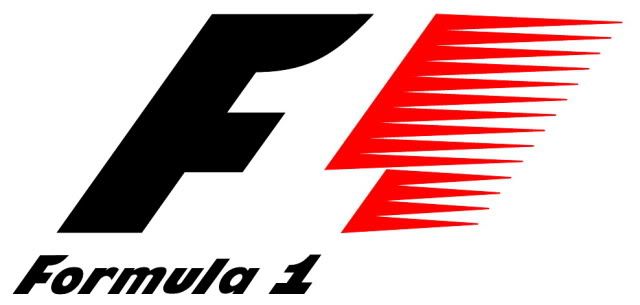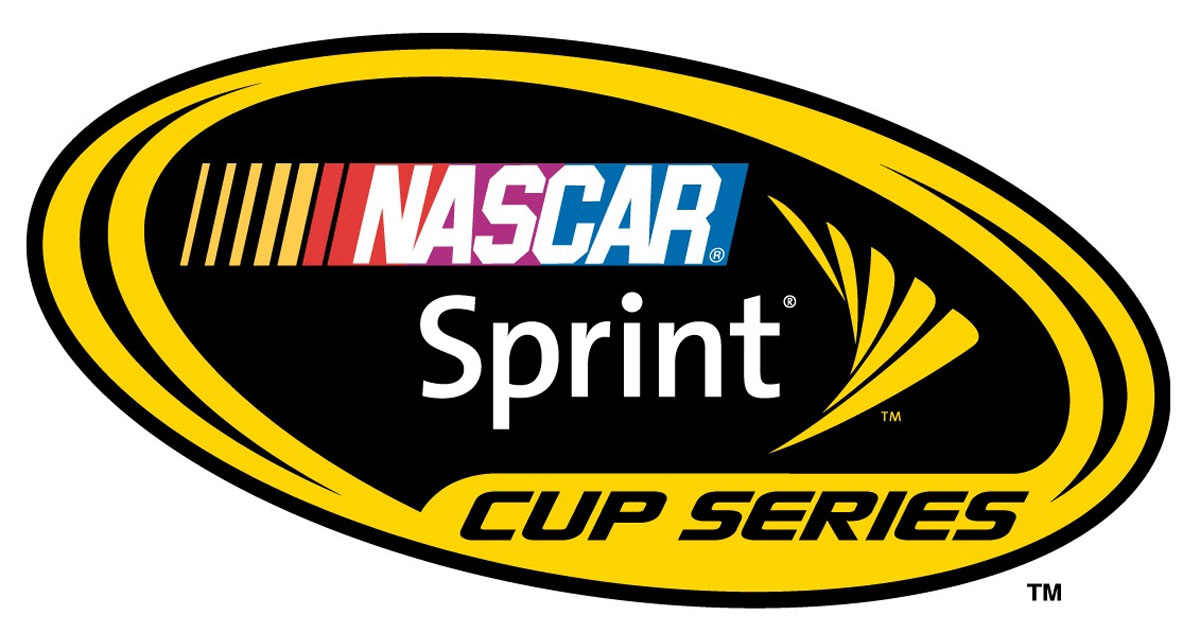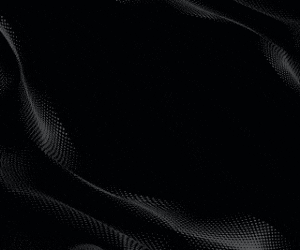 NASCAR’s Chase for the Sprint Cup competition has been rocked and smoked when the sanctioning body announced severe penalties for driver Clint Bowyer – winner of the first Chase race at New Hampshire – and the Richard Childress Racing team.
NASCAR’s Chase for the Sprint Cup competition has been rocked and smoked when the sanctioning body announced severe penalties for driver Clint Bowyer – winner of the first Chase race at New Hampshire – and the Richard Childress Racing team.Indications about repetitive car infractions for Boywer were high since the Air Guard 400 when he escaped a penalty that could dropped him in the 13th place before the Chase, when his No. 33 Chevrolet passed postrace inspection within NASCAR’s limits but close to the boundaries of regulations. For that reason NASCAR had kept the Clint Bowyer car that he drove in Richmond so that Richard Childress Racing chassis builders can come to the NASCAR Research & Development Center and see just how close to the tolerances the car was.
But, if Boywer's car was found within the regulations boundaries in Air Guard 400, that didn't happen as well for the car he drove at Sylvania 300 in Loudon. For that reason NASCAR announced that the No. 33 Chevrolet Bowyer did not meet NASCAR body-chassis specifications when officials that inspected his car at NASCAR’s Research and Development Center in Concord, N.C have discovered severe infractions.

Although Bowyer was allowed to keep the Loudon victory, his first in 89 races, he and team owner Richard Childress were fined 150 championship points, a penalty that dropped Bowyer from second in the Chase standings to 12th (last in the Chase group). Moreover, it will give Denny Hamlin a chance to extend his leading margin by 45 points against 2nd Kevin Harvick.
Additionally, team crew chief Shane Wilson, who notched his first Sprint Cup win with the Loudon victory, was fined $150,000, suspended from NASCAR competition for the next six races and placed on probation until Dec. 31. Team car chief Chad Haney also was suspended for six events and placed on probation until Dec. 31.
Neither NASCAR vice president of competition Robin Pemberton or Sprint Cup Series director John Darby would be specific about the violations, but it appears that the way the car body was placed on the chassis was the major problem.
Yet, Pemberton confirmed that the problems in both cases “were in the same area of the car and the body measurements... It revolves around how the body of the car is located on the frame on three coordinates. Our teams do have the ability to proceed with an appeal, so to really get into some of the actual specific measurements of the car wouldn’t be fair to NASCAR or the team.”

Asked whether the infractions would have given Bowyer and his team a competitive edge and if thr 150pnts penalty was appropriate, Pemberton tried to avoid to give a straight clear answer:
“I don’t think that’s for us to decide. We’re into the rules and regulations part. The car didn’t meet specifications, and that’s the bottom line... At some point in time you’ll see it [the penalty number] continue to rise, and you may even see it be more than what you could gain by starting a race,” he said. “It could get into the 200-point category. We’ll get there sooner or later.”











